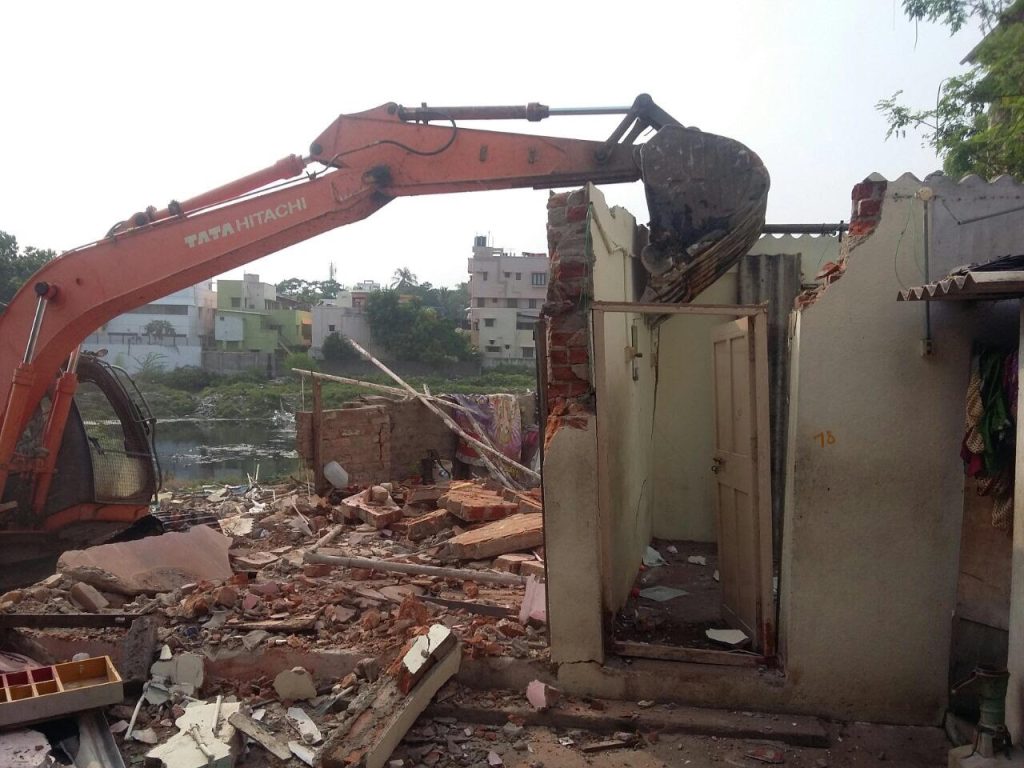From bulwarks for marines to earth-based reinforcements, steel sheet piling is an essential role in various construction projects. Like any other structural element that is, however, immune to the ravages of corrosion.
The building material that is used to build sheets pile walls should be tough, durable and extremely impervious to corrosion. It must also have good weldability to facilitate construction and maintain structural integrity.
Marine Structures
Sheet piles are employed in a myriad of marine structures including ship berthing structures in ports and harbors for mooring vessels. Sheet piling is also used for building seawalls, tide walls, breakwaters, and grins.
Because steel sheet piles are often immersed in water or splashed by sea water the piles are prone to degrading with time. The result is that they are less able to handle lateral loads. Sealants and coatings aid in prevent corrosion by providing barriers between the steel and the environment. They must, however, be to be used correctly and regularly checked for wear and chipping.
It can also happen as a result of sun’s rays which trigger the production of UV emissions, which deteriorate surfaces and paints. Vinyl sheet piles have proven to be resistant to this kind of radiation, which makes them an excellent option for marine applications.
Waterfront Construction
Steel sheet piles are a flexible solution that can be utilized for a variety different applications. They are available in a range of lengths, shapes and size, meaning they can be tailored to each project’s specific design requirements.

This means they can be put in a diverse range of structures including temporary excavation support wall retaining walls, permanent ones and cofferdams for construction underwater. They are also highly resistant to corrosion, and they can easily be reused, making they a green option for many designs.
Sheet piles are offered in a wide range of lengths, sizes and shapes and are driven with different techniques. They’re an easier and cost-effective substitute for concrete walls, as they can be built much faster and have less need for ground preparation. They can be driven using a piling hammer, as well as using a vibratory hammer. If the latter is used they can install in a calm and non-vibrational manner. This means there is less supervision at the site as well as a less storage space will be required.
Applications
Steel sheet piles play an integral part of most construction projects requiring the support needed for excavations and structures. They also aid in reducing water seepage in the ground.
The steel sheet piling is employed as a wall that is cantilever-like or anchors. Cantilever walls depend on adequate embeddedness to withstand lateral forces (see in Fig. TS14R-6, USACE 1994c). In walls with anchors, the support comes from the soil via both passive and actively applied soil pressure.
Piles may be constructed of hot rolled or cold formed steel. Hot-rolled piles have a stronger interlock compared to cold-formed piles. They more suitable for tough driving and other situations where the movement of soil through the pile is not as important.
Piles are typically driven using vibratory or impact Hammers. It is imperative that the hammer used is designed to fit the measurement of the pile as well as the depth of penetration. It’s also a smart idea to have a cap to avoid damaging on the structure. This is crucial if the piles will be transported in concrete or similar materials that require high levels of shear strength.
Benefits
Sheet piles can be a great solution for thi cong ep cu thep u200 gia re tai ha noi projects that require structures that are designed to resist lateral stress and loads. They can help improve the overall construction and design process. Also, if maintained, steel is an environmentally friendly construction material that has an expected design life of over 100 years.
The endurance of a sheet pile structure is heavily dependent on its form and its alignment. The presence of deformities, like noticeable curves or bulges could indicate overloading, uneven pressure distribution or movements in the ground that may compromise the strength of the wall.
Furthermore, encasing structures made of steel in concrete is a way to protect the material against atmospheric impact, splash, as well as tidal forces. Also, employing a quiet and non-vibrational installation process could reduce the noise generated by construction and also show respect and consideration to the communities in which it is located. This allows projects to progress without any disruptions or delays. Since the stock is secured within Sheet Piling United Kingdom’s Immingham location, the project’s delivery can be halted due to delays in shipping around the world or political events.